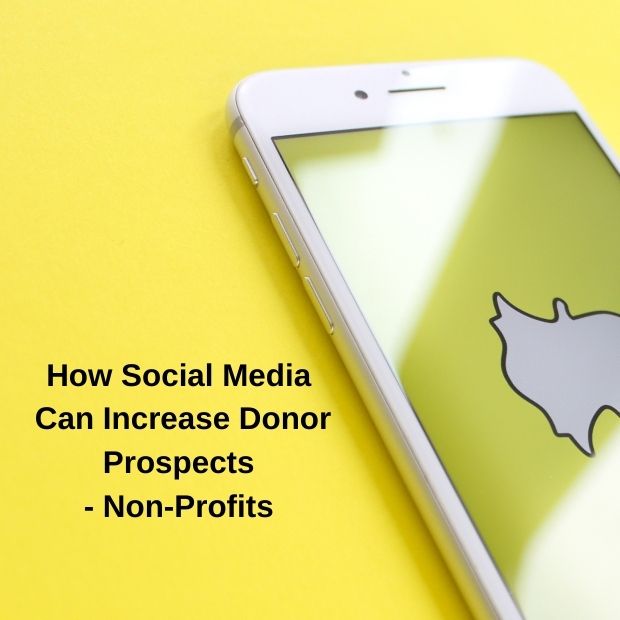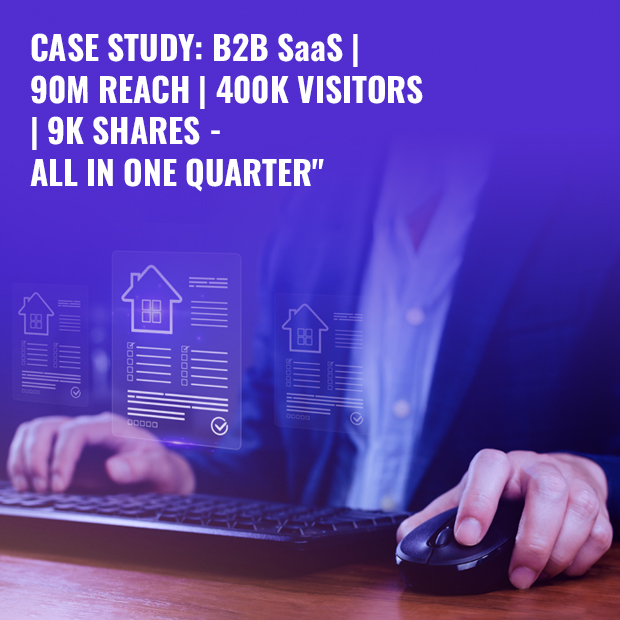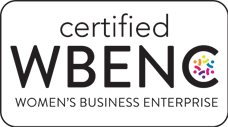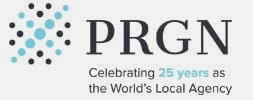
How Social Media Can Increase Donor Prospects For Non-Profits
Why Use Social Media?
Audits and surveys of small and mid-sized companies reveal donor retention to be a serious issue. However, this is not the primary problem. The real issue is that far too many groups are not focusing the fundraising efforts on wide-scale donor acquisition efforts. In turn, this leads to stagnant yearly returns and increasing declines.
In previous years, list acquisitions and swapping mailing lists would have gotten you out of this conundrum. Today, however, there are much more time-effective and cost-effective ways to yield higher donor returns.
In order for your non-profit to truly thrive, you will have to embrace the new digital tools available to you. This will help you to increase returns and keep your donor retention consistent.
Social media platforms are an excellent way to do this. Each platform can target different audience demographics and gives you an opportunity to show another side of your non-profit.
Furthermore, the restrictions imposed by COVID-19 make digital advertising and educational initiatives one of the best options in reaching your ideal customer personas. In other words, social media may be your best bet yet!
How Social Media Ties Into Your Marketing Funnel
Knowledge is Power
A lot of non-profit organizations don’t capitalize on their website analytics. Going over each month’s data can provide valuable insight in terms of how many people actually visit your website. In turn, you will be able to determine the number of uncaptured leads you have.
As they say, knowledge is power. The more you know, the more you can adjust your social media marketing strategy. This will help you to make sure you unlock your overall marketing strategy’s full potential.
Targeting Donors Through Social Advertising
A lot of social media platforms allow you to create specialized paid ads that target specific customer demographics and locations. Facebook, Instagram, and Twitter can all drive traffic to your website.
Social media ties into the first phase of your marketing funnel. Because of this, it is more geared towards brand awareness and enhancing relationships with your customers. Non-profit organizations should capitalize on this fact to establish new relationships and maintain those they already have.
By doing this, donors will be more inclined to visit your website to see what your organization is all about.
Turn Visitors Into Donors
Once a donor visits your website, your goal should be to reel them in so that they eventually sign up to support your cause. Although some donors sign up immediately, this is rarely the case.
More often than not, you need to develop a website roadmap that interests and engages your online visitor. It should eventually lead him or her to the end destination of signing up.
There are several ways to do this. Surveys relating to your cause, online petitions, product distribution, and call-to-action buttons are all sure-fire ways to pique interest.
Crossing The Finish Line
The process ends by pursuing your donors online through content marketing strategies geared towards reminding them of your organization. The goal is to convey your brand story, your future goals, and how your potential donors could really make a difference by supporting you. The ultimate aim of this marketing funnel stage is to convert leads into donors.
In the end, none of this would be possible without social media. It plays a pivotal role in creating brand awareness and reaching potential donors.
What Social Media Platform Should You Choose?
Each social media platform has a specific age and content-specific demographic that it caters to. The idea is to do market research to determine which social media platform your ideal donor most likely uses. With this knowledge at hand, you can then formulate a social media strategy with that specific platform in mind.
For example, if you want to target video ads, then YouTube would be your best bet. A community-orientated marketing approach fits Facebook. Lastly, a more lifestyle-orientated approach would work best on Instagram.
In a Nutshell
There are multiple marketing avenues to choose from when it comes to reaching potential donors. Social media is fast becoming one of the most time-effective and cost-effective ways to streamline the process.
By implementing a well-thought-out social media marketing strategy for your non-profit organization, you can easily aid both donor acquisition and retention.









